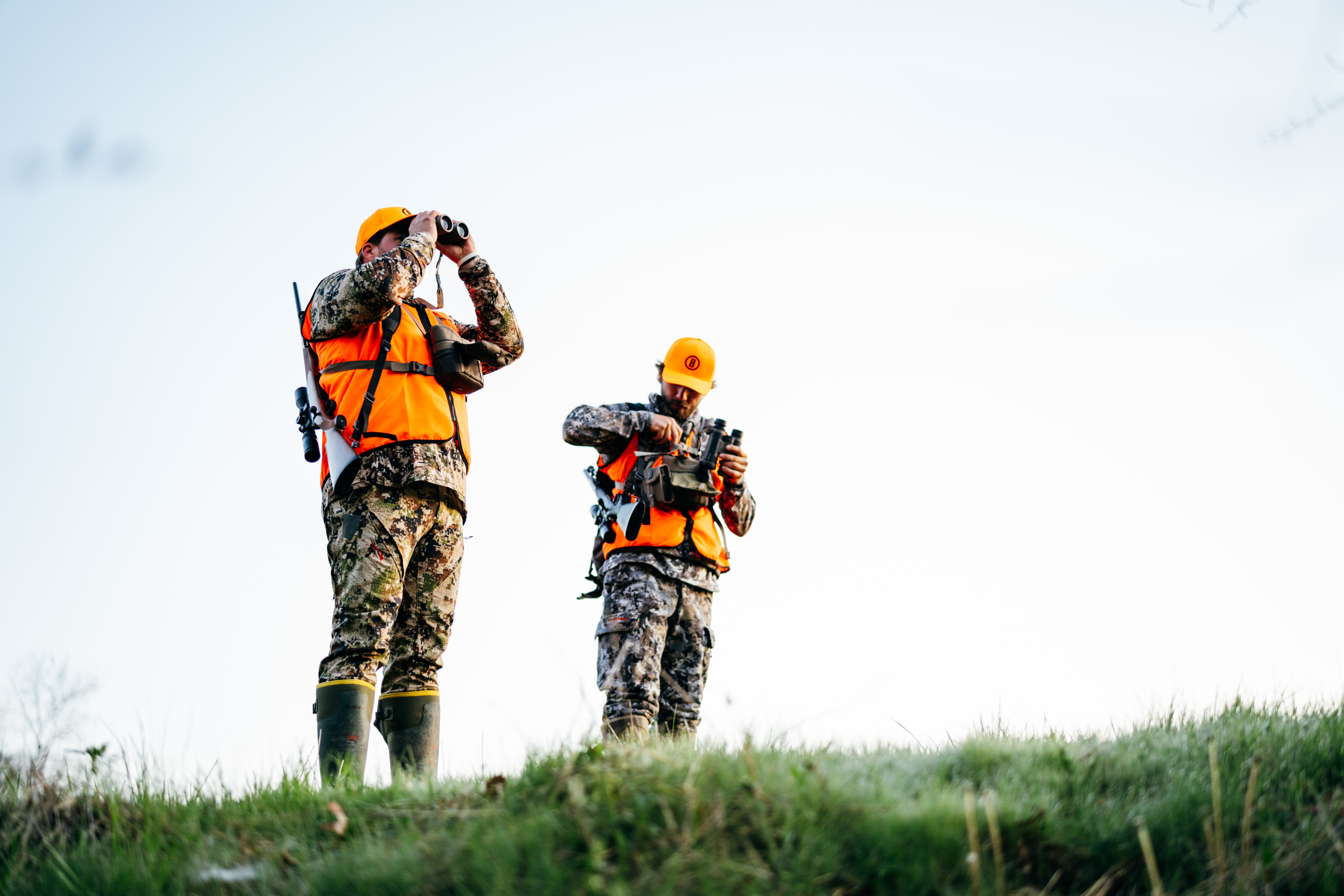
Trail Cameras FAQ
Over/underexposed nighttime images can be an issue if the camera isn’t set up correctly. On applicable models, the Night Vision (NV) Shutter and LED Control settings can be adjusted to address the brightness of a nighttime image. The NV shutter address how quickly the shutter opens/closes, and the LED control dictates how many of the camera’s IR LEDs fire for a nighttime image.
Battery life will vary with operating temperature and the number of images taken over time. Typically, a camera will be able to capture several thousand images before the batteries die. Battery type can also play a factor. Bushnell recommends the use of Energizer Ultimate Lithium AA batteries to obtain maximum battery life. Alkaline batteries may also be used; however, camera performance may be affected. Rechargeable batteries are not recommended, as they have a lower operating voltage and can render the camera inoperable.
A camera has what is known as a “false trigger” if the PIR sensor thinks that there is motion and heat in front of the camera lens when there is no subject in the image. These “False Triggers” are the result of placing the camera in an environment where there is motion associated with tree branches creating motion in front of the camera or an area where there is high heat in the foreground and any motion from wind could set off the camera. Setting a camera up over water is also a potential cause for this issue.
To remedy this situation try moving the camera to an area that does not have any of these issues or try changing the sensor level on the menu settings.
If the camera continues to take images when there is no subject in them, try placing the camera in an inside environment and aiming at a location where there is no motion. If the camera continues to show issues, then there is probably an electronic component issue. If this is the case, please contact our customer service to send the camera back for repair.
Bushnell recommends the use of SanDisk SDHC SD cards with a maximum of 32GB storage capacity. For models made before 2010, please reference the camera’s instruction manual for the maximum SD card size. For video recording, we recommend the SanDisk Ultra 32GB Class 10 UHS-1 SDHC cards.
When using Field Scan, make sure that the stop and start times of Field Scan “A” and “B” do not overlap. For example; do not set the start time of “B” to 8 AM if the end time of “A” is 10 AM. It’s also worth noting that when using video mode for field scans, the minimum interval time is 5 minutes to prevent the potential overheating of the batteries and electronic components. In photo mode, the minimum interval time is 1 minute.
After selecting the Camera Name Input parameter, use the left and right arrow keys to select the letters and numbers desired for the camera name. For deleting letters utilize the “←” symbol on the keypad.
Coordinate input allows the user to input latitude and longitude coordinates for the camera’s location. This data will be embedded in the files saved on the camera’s SD card (if “On” is selected). This makes it possible to see each camera’s location as a “pushpin” on Google Earth maps when reviewing a folder full of photos from multiple cameras.
If the camera isn’t saving images or videos to the SD card try formatting the SD card in the trail camera setup menu (Format Execute). If the problem persists the SD card may need to be reformatted in a computer to a FAT32 file format.
From time to time Bushnell will release software updates for the Trophy Cam series of cameras. You can view available updates at https://www.bushnell.com/bu-product-software-updates.html
Note: Installing the incorrect firmware on your camera can brick (permanently lock up) the main circuit board of the camera and render it inoperable.
